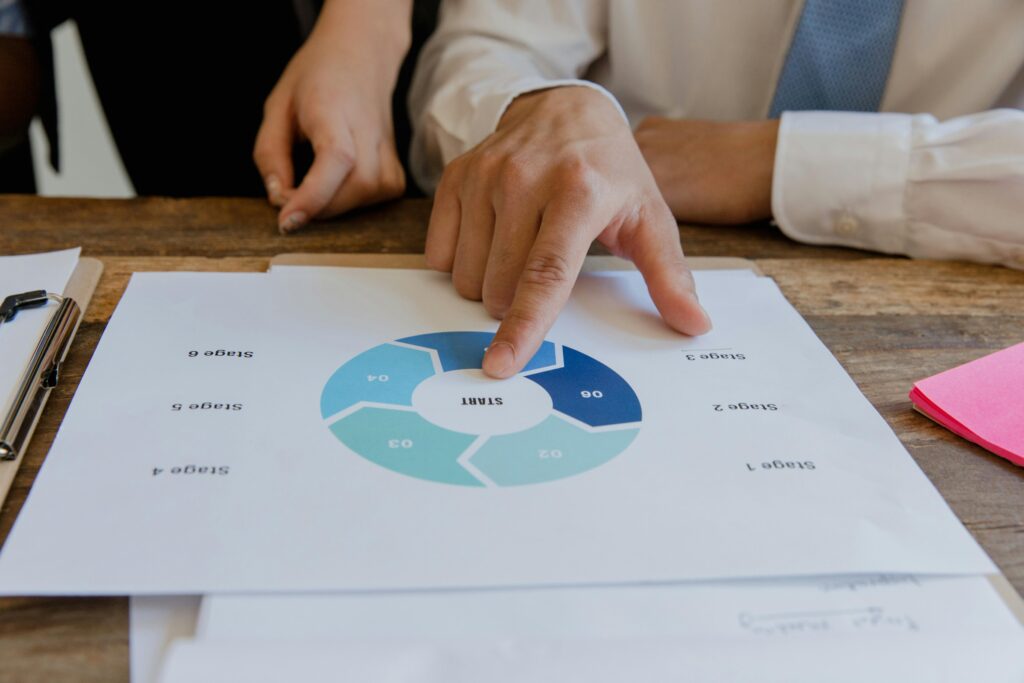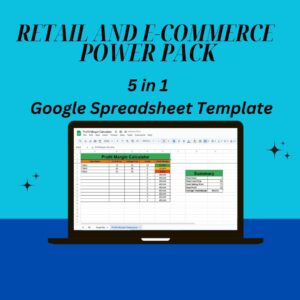The Seven Phase On Impulse Purchase Cycle

Introduction
Impulse buying is a fascinating consumer behavior that retailers and marketers strategically capitalize on. Studies show that over 80% of consumers make impulse purchases regularly, often influenced by emotions, marketing tactics, or external triggers.
Understanding the impulse purchase cycle can help businesses design better marketing strategies while helping consumers make more informed shopping decisions.
In this blog post, we will break down the seven phases of the impulse purchase cycle, explain why they happen, and offer insights into how businesses and shoppers can navigate this psychological pattern.
Awareness: The Initial Trigger
The impulse purchase cycle begins with awareness, where consumers are exposed to a product or offer that they were not actively seeking.
What Triggers Awareness?
✔ Social media ads and influencer promotions
✔ Eye-catching product displays in stores
✔ Personalized online recommendations
✔ Limited-time offers and flash sales
💡 Example: A shopper scrolling through Instagram sees an ad for a stylish smartwatch with a “Limited Stock – 50% Off Today” message.
Marketing Insight:
Retailers use high-impact visuals, persuasive messaging, and urgency-driven promotions to spark awareness.
- Interest: Emotional Connection to the Product
Once the consumer notices the product, the next phase is interest, where an emotional or practical connection is formed.
What Drives Interest?
✔ The product solves a problem or fulfills a desire
✔ Emotional triggers like excitement, nostalgia, or exclusivity
✔ User-generated content or positive reviews reinforcing its value
💡 Example: The smartwatch ad highlights fitness tracking, stylish design, and social connectivity, appealing to the shopper’s desire for a healthier lifestyle.
Marketing Insight:
Brands use storytelling, testimonials, and influencer marketing to strengthen the emotional connection with potential buyers.
- Consideration: Justifying the Purchase
At this stage, the shopper starts evaluating whether the purchase is worth making. Impulse purchases happen quickly, but there is always a brief moment of rationalization.
Common Thought Patterns in This Phase:
✔ “Do I really need this?”
✔ “Is this a good deal?”
✔ “Will this product improve my life?”
✔ “Can I afford it right now?”
💡 Example: The smartwatch retailer uses a “Compare with Other Brands” feature on the website, highlighting why their product offers better value.
Marketing Insight:
To push consumers past hesitation, brands use tactics like:
✔ Urgency – “Only 5 left in stock!”
✔ Limited-time discounts – “Buy now and get free shipping!”
✔ Social proof – “10,000+ happy customers!”
- Decision: The Purchase Action
The shopper commits to buying the product, adding it to the cart or proceeding to checkout.
What Encourages the Final Decision?
✔ Easy checkout process with multiple payment options
✔ Trust signals like secure payment methods and return policies
✔ Extra incentives like free shipping or bonus gifts
💡 Example: The smartwatch brand offers a “30-Day Money-Back Guarantee”, reducing the risk of buyer’s remorse.
Marketing Insight:
Retailers optimize conversion rates by:
✔ Reducing checkout friction – Autofill payment details, 1-click checkout
✔ Offering buy-now-pay-later options – Attracts hesitant buyers
✔ Personalizing recommendations – Upsell related products at checkout
- Purchase Satisfaction: The Post-Buying Experience
After making the purchase, consumers either feel satisfied or experience buyer’s remorse.
Factors Influencing Post-Purchase Feelings:
✔ Immediate confirmation emails with tracking details
✔ Fast delivery and premium packaging
✔ Quality of the product matching expectations
✔ Customer support availability
💡 Example: A smartwatch company sends a “Welcome to the Smartwatch Family” email with setup instructions and a personal thank-you note.
Marketing Insight:
✔ Follow-up emails – Brands should send appreciation emails and tutorials on using the product.
✔ Customer service engagement – Quick responses to concerns help retain customer trust.
- Sharing & Social Influence: Word-of-Mouth Marketing
Satisfied customers often share their purchases with friends, family, or social media followers.
What Drives Customers to Share?
✔ A sense of excitement and accomplishment
✔ An opportunity to show off (especially for fashion, tech, and luxury items)
✔ Incentives like referral programs and discounts for sharing
💡 Example: A shopper posts a picture of their new smartwatch on Instagram with a caption: “Loving my new fitness tracker! #SmartwatchLife”
Marketing Insight:
✔ Encourage user-generated content – Create branded hashtags and run giveaways.
✔ Reward referrals – Offer discounts for inviting friends.
✔ Feature customer reviews – Highlight real testimonials on the website.
- Repeat Purchase & Brand Loyalty
The final phase determines whether the shopper will become a repeat customer or never buy from the brand again.
What Encourages Repeat Purchases?
✔ Loyalty programs with exclusive perks
✔ Personalized recommendations based on past purchases
✔ High-quality products that exceed expectations
💡 Example: The smartwatch retailer sends an exclusive 20% discount for the customer’s next purchase, keeping them engaged with the brand.
Marketing Insight:
✔ Create a customer retention strategy – Loyalty points, VIP discounts, and birthday rewards.
✔ Keep communication going – Send product updates, care tips, and personalized offers.
✔ Exceptional customer service – Quick responses to issues enhance trust.
Final Thoughts: How to Master the Impulse Purchase Cycle
📌 Key Takeaways:
✔ Impulse buying starts with awareness, often triggered by ads, displays, or social media.
✔ Emotional connection and justification play a role before making a decision.
✔ Brands influence impulse purchases by using urgency, exclusivity, and incentives.
✔ Post-purchase satisfaction and word-of-mouth marketing drive brand growth.
✔ Customer retention strategies like loyalty programs and personalized offers lead to repeat purchases.
🚀 Want to boost impulse sales? Focus on each stage of the purchase cycle to create a seamless shopping experience for your customers!

Get Your FREE Expense Tracker Template Now!
Simplify your finances and gain full control over your budget – Download instantly!
✅ Over 10,000 downloads and counting!
💼 Perfect for personal and business use.
🔐 We respect your privacy.




